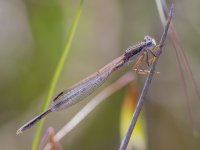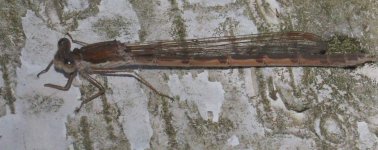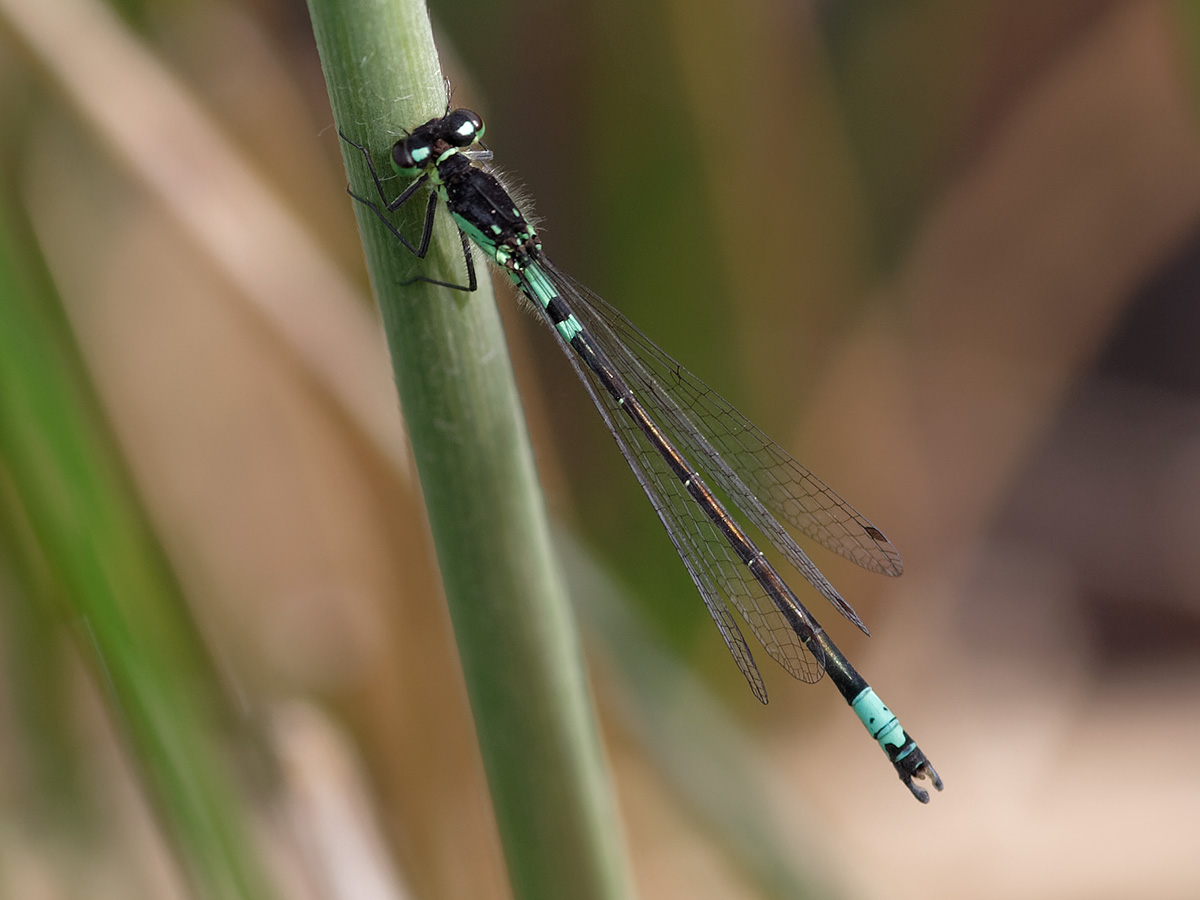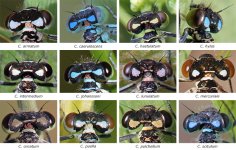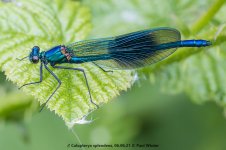opisska
rabid twitcher

Recently, we got - to a large extent thanks to iNaturalist - into "everythingwatching". We became especially keen of all kinds of insects, but after the obviously great butterflies and daytime moths, dragonflies and damselflies are probably the second most attractive group to watch.
We have obviously first went through our pre-existing photos and IDed them or let iNat help us, so currently we have 58 Odonata species worldwide, which is clearly pathetic, but everyone has to start somewhere. Using the marvelous website dragonflypix.com I have made a table of species to be seen in Poland, which has some 74 species, some of which are however extremely rare our outright extinct. From those, we currently have 24 (not all necessarily in Poland) so there is clearly room for improvement!
Aimed with all this knowledge, we started looking out for Odonata this spring, somewhat surprised to realize that they do not appear very early and can in fact only be observed during a few months. The greater was our excitement when we found the first Damselfly in the second week of May in Mazury - somewhat unsurprisingly Common Winter Damselfly, which was however a lifer. Surely, we have seen Odonata before, but any observation is much more exciting if it's something you are looking for and now something about!
Then last weekend we went a bit south, around Krakow, when the spring is more advanced, for a birding excursion with our local friend - and we got a Red-eyed Damselfly, which we already had, and a Common Clubtail, a lifer, and a truly stunning one (with all the respect to Winter Damselflies, they are not very eye-catching). Around Warsaw, I didn't notice any Odonata until today, when we made a small trip to two promising sites, which were actually quite lively. Despite the large number of individuals, it turned out that there were only four species - Azure Damselfly, Common Winter, Downy Emerald and Four-spotted Skimmer - and none of them lifers, but still, this was the first real "Odonatawatching" we ever did and it was great.
It's definitely not easy - they are surprisingly hard to find, even the super-bright colored once and then if found in flight, they are really difficult to take pictures of, if they decide to never land, but even flight pictures are eventually possible. For sure it's a good pastime for the warmer months, where birding is a bit dead and there isn't much dark time for mammals, the only drawback is that they are inevitably drawn to areas that are also popular with mosquitoes
We have obviously first went through our pre-existing photos and IDed them or let iNat help us, so currently we have 58 Odonata species worldwide, which is clearly pathetic, but everyone has to start somewhere. Using the marvelous website dragonflypix.com I have made a table of species to be seen in Poland, which has some 74 species, some of which are however extremely rare our outright extinct. From those, we currently have 24 (not all necessarily in Poland) so there is clearly room for improvement!
Aimed with all this knowledge, we started looking out for Odonata this spring, somewhat surprised to realize that they do not appear very early and can in fact only be observed during a few months. The greater was our excitement when we found the first Damselfly in the second week of May in Mazury - somewhat unsurprisingly Common Winter Damselfly, which was however a lifer. Surely, we have seen Odonata before, but any observation is much more exciting if it's something you are looking for and now something about!
Then last weekend we went a bit south, around Krakow, when the spring is more advanced, for a birding excursion with our local friend - and we got a Red-eyed Damselfly, which we already had, and a Common Clubtail, a lifer, and a truly stunning one (with all the respect to Winter Damselflies, they are not very eye-catching). Around Warsaw, I didn't notice any Odonata until today, when we made a small trip to two promising sites, which were actually quite lively. Despite the large number of individuals, it turned out that there were only four species - Azure Damselfly, Common Winter, Downy Emerald and Four-spotted Skimmer - and none of them lifers, but still, this was the first real "Odonatawatching" we ever did and it was great.
It's definitely not easy - they are surprisingly hard to find, even the super-bright colored once and then if found in flight, they are really difficult to take pictures of, if they decide to never land, but even flight pictures are eventually possible. For sure it's a good pastime for the warmer months, where birding is a bit dead and there isn't much dark time for mammals, the only drawback is that they are inevitably drawn to areas that are also popular with mosquitoes




